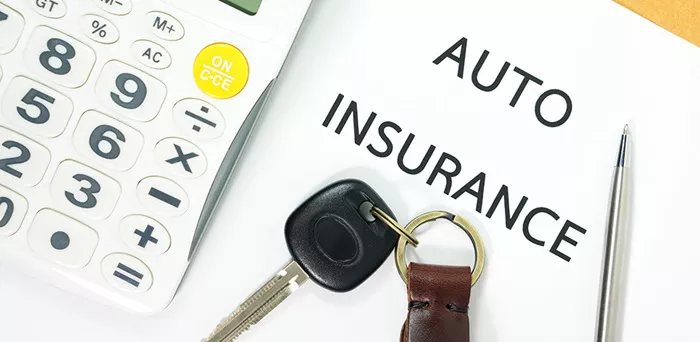Understanding Excess
Car insurance excess is a pre-determined amount you agree to pay towards any claim. This means that in the event of an accident or damage, you will contribute this specified amount, and your insurer will cover the remaining costs up to the policy limits. There are two types of excess:
Compulsory Excess: Set by the insurer and usually based on factors such as your age, driving experience, and the type of car you drive.
Voluntary Excess: Chosen by you to lower your premium. Opting for a higher voluntary excess can reduce your insurance premium but increases the amount you need to pay out in the event of a claim.
Understanding how these excesses work is crucial when it comes to claiming them back.
Scenarios for Excess Refund
Claim Settled Without Payout
In some cases, your claim might be settled without any payout from your insurer. This can happen if:
- The other driver admits fault but there’s no damage to be repaired.
- The cost of the damage is below the excess amount.
In such scenarios, since no payout is made by the insurer, you might be eligible for an excess refund.
Recovery from Responsible Party
If you successfully recover the amount you paid for the excess from the responsible party, your insurer might refund your excess payment. This is common in situations where:
- You make a third-party claim against the responsible party’s insurance.
- The responsible party or their insurer reimburses you for the excess amount.Your insurer will often assist in this process, seeking reimbursement from the responsible party’s insurer on your behalf.
Contact Your Insurer
The first step in claiming your car insurance excess back is to contact your insurance company. Here’s how you should approach it:
Gather Your Documents: Have your policy number, claim details, and any correspondence related to the incident ready.
Contact Customer Service: Reach out to your insurer’s customer service department and explain that you want to claim back your excess.
Follow Instructions: Your insurer will provide specific instructions and documentation requirements based on the details of your claim.
See Also: What Is Full Time RV Insurance
Required Documents
To process your excess refund claim, your insurer might require certain documents, such as:
Claim Details: Information about the initial claim, including claim number and details of the incident.
Proof of Payment: Evidence of the excess amount you paid, such as bank statements or receipts.
Settlement Documents: Proof of settlement, such as a letter from the responsible party admitting fault, a settlement agreement, or a reimbursement receipt from the responsible party’s insurer.
Claim Process
Here’s an outline of the typical claim process for an excess refund:
1. Submit a Claim Form: Your insurer might provide a specific form for claiming excess refunds. Fill out this form accurately, providing all requested information.
2. Provide Necessary Documentation: Gather the required documents and submit them to your insurer. This includes proof of payment, claim details, and settlement documents.
3. Review and Approval: Your insurer will review your claim and determine your eligibility for a refund. This process involves verifying the information provided and ensuring that the criteria for a refund are met.
4. Refund Processing: If approved, your insurer will process the refund payment. This could be done via a bank transfer, cheque, or a refund to your original payment method.
Timeline and Fees
The processing time for an excess refund can vary depending on the insurer. Typically, you can expect:
Processing Time: The time frame can range from a few weeks to a couple of months, depending on the complexity of the claim and the insurer’s procedures.
Administrative Fees: Some insurers might charge a small administrative fee for processing the refund. This fee will be deducted from the refund amount.
Conclusion
Claiming back your car insurance excess is possible in certain scenarios, such as when a claim is settled without any payout or when you recover the excess from the responsible party. To do so, you should:
Understand the terms of your policy and the conditions under which you can claim back your excess.
Contact your insurer to initiate the refund process and provide the necessary documentation.
Be aware of any processing times and potential administrative fees involved.
By following these steps, you can successfully navigate the process of claiming back your car insurance excess. For specific guidance and to understand your eligibility, always contact your insurer directly.
[inline_related_posts title=”You Might Be Interested In” title_align=”left” style=”list” number=”6″ align=”none” ids=”2447,2387,2450″ by=”categories” orderby=”rand” order=”DESC” hide_thumb=”no” thumb_right=”no” views=”no” date=”yes” grid_columns=”2″ post_type=”” tax=””]



















